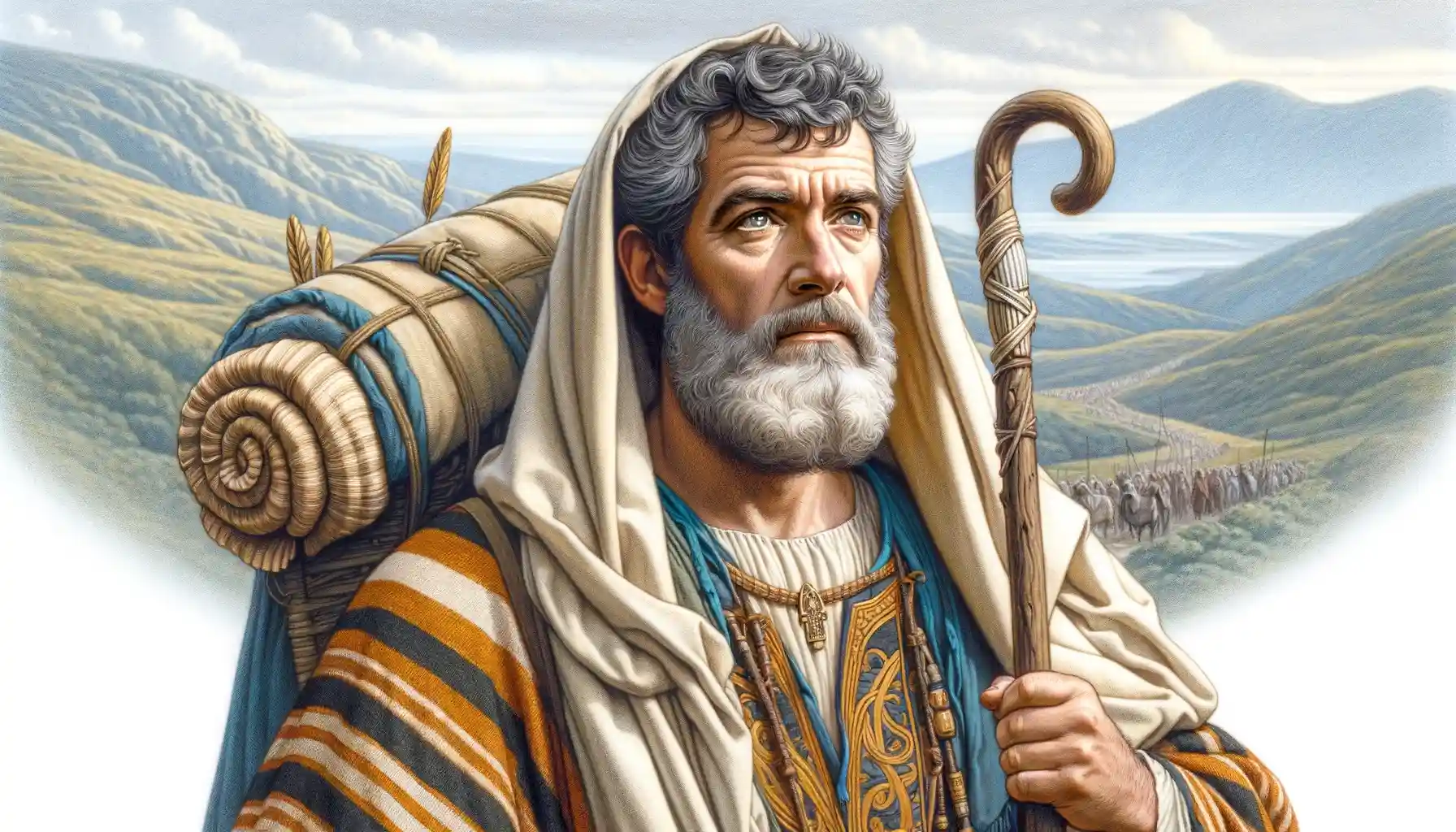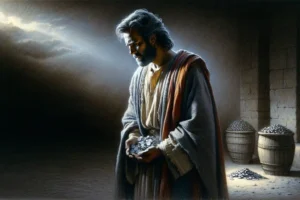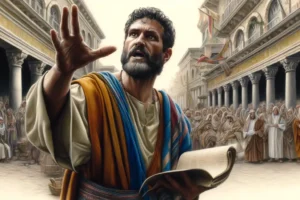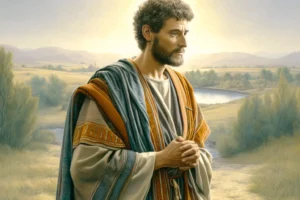
James the Greater: Son of Zebedee, Part of Jesus’ Inner Circle
James the Greater, one of the twelve apostles of Jesus, has several key highlights in his biblical narrative. Here are some quick facts:
- Family: Son of Zebedee, a fisherman; brother of John, another of Jesus’ apostles.
- Inner Circle: Part of Jesus’ inner circle alongside Peter and his brother John, witnessing events like the Transfiguration and the agony in the Garden of Gethsemane.
- First Martyr: Traditionally recognized as the first apostle to be martyred, as recorded in Acts 12:2, where he was executed by sword under King Herod Agrippa’s orders.
- Missionary Work: Associated with spreading the gospel in Spain, though historical evidence is limited.
- Patron Saint: Venerated as the patron saint of Spain, where the famed pilgrimage route, the Camino de Santiago, leads to the Cathedral of Santiago de Compostela, believed to be the site of his relics.
- Symbol: Often depicted with a scallop shell, a symbol of pilgrimage, due to his association with the Camino de Santiago.
James the Greater, son of Zebedee and brother of John, is one of the most notable figures among the Twelve Apostles of Jesus Christ. His life and martyrdom have had a profound impact on Christian tradition and hagiography. A deeper exploration of his role and legacy reveals his significance in the biblical narrative and early Christian history.
Biblical Account and Ministry
James, along with his brother John, was called by Jesus while mending nets on the shores of the Sea of Galilee. Their father, Zebedee, was a fisherman, suggesting that James came from a family of modest means but significant local influence. The Gospels describe James as one of Jesus’ closest confidants, a member of the inner circle that included Peter and John. This privileged position allowed him to witness some of the most pivotal events in Jesus’ ministry, including the Transfiguration and the Agony in the Garden of Gethsemane.
Characteristics and Apostolic Role
James is often portrayed as fervent and passionate in his devotion. This zeal is highlighted in an episode where he and his brother John ask Jesus if they should call down fire from heaven to consume a Samaritan village that had rejected them (Luke 9:54). Because of this incident, Jesus nicknamed them “Boanerges,” which means “sons of thunder,” a moniker that underscores their intense nature.
Martyrdom
James’ apostolic mission was cut short when he became the first of the apostles to be martyred. Acts 12:1-2 records that King Herod Agrippa I had James executed by the sword around AD 44, a significant event that marks the beginning of the apostolic martyrdoms. His death underscores the perilous nature of early Christian evangelism and the threats faced from both religious and political establishments.
Veneration and Legacy
James’ legacy is particularly strong in Spain, where he is venerated as the patron saint. According to legend, his remains were miraculously transported by a rudderless, angel-guided boat from Jerusalem to the northern coast of Spain, where they were later discovered and enshrined in Santiago de Compostela. This site became one of the three major Christian pilgrimage destinations during the Middle Ages, alongside Rome and Jerusalem. The Camino de Santiago (the Way of St. James), a network of routes leading to his shrine, remains a popular pilgrimage, drawing thousands of people annually.
Symbolism and Iconography
James is traditionally depicted with a pilgrim’s hat and a scallop shell, the latter being a symbol of pilgrimage and the Camino de Santiago. These icons not only represent his role as a patron saint of pilgrims but also reflect the transformative journey of faith that pilgrims experience.
Conclusion
James the Greater’s story is one of fervent faith, zealous ministry, and the ultimate sacrifice of martyrdom. His closeness to Jesus, pivotal role in the early church, and enduring legacy as a patron saint of pilgrims make him a figure of immense spiritual and historical significance in Christianity. His life and martyrdom continue to inspire faith and devotion, symbolizing the steadfast commitment and courage that characterize Christian discipleship.
Tag:Agony in the Garden, apostle, Boanerges, Camino de Santiago, Christian discipleship, Christian martyrdom, early Christian evangelism, executed by sword, first apostolic martyr, inner circle of Jesus, James the Greater, patron saint of Spain, pilgrimage, Santiago de Compostela, scallop shell symbol, son of Zebedee, Transfiguration, Way of St. James
Leave A Reply
You must be logged in to post a comment.




1 Comment